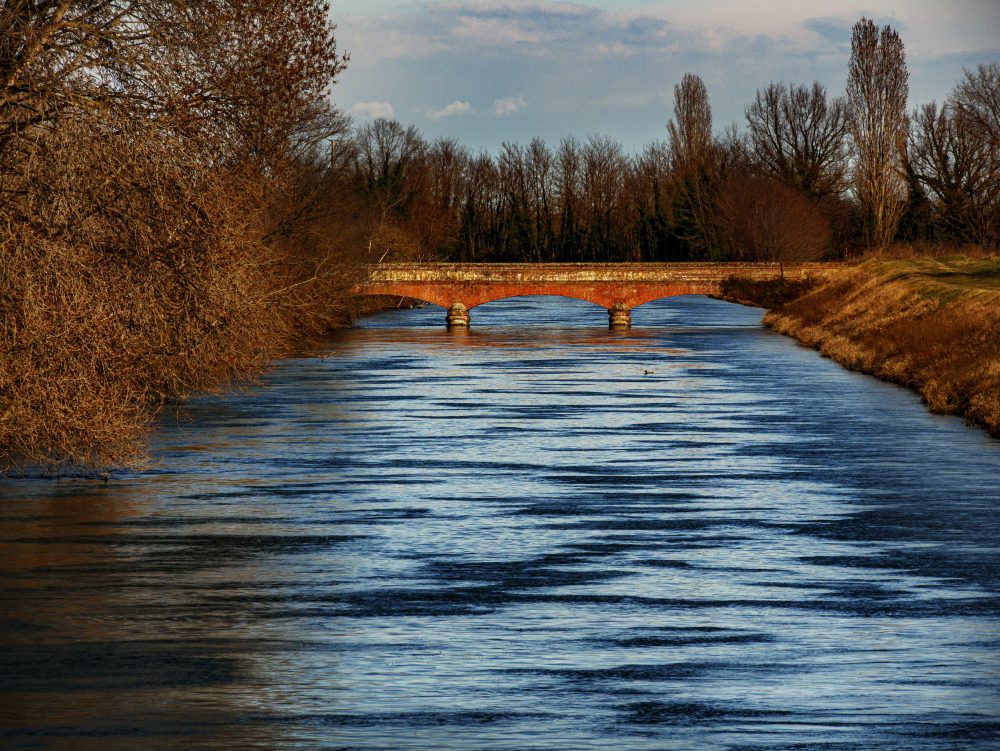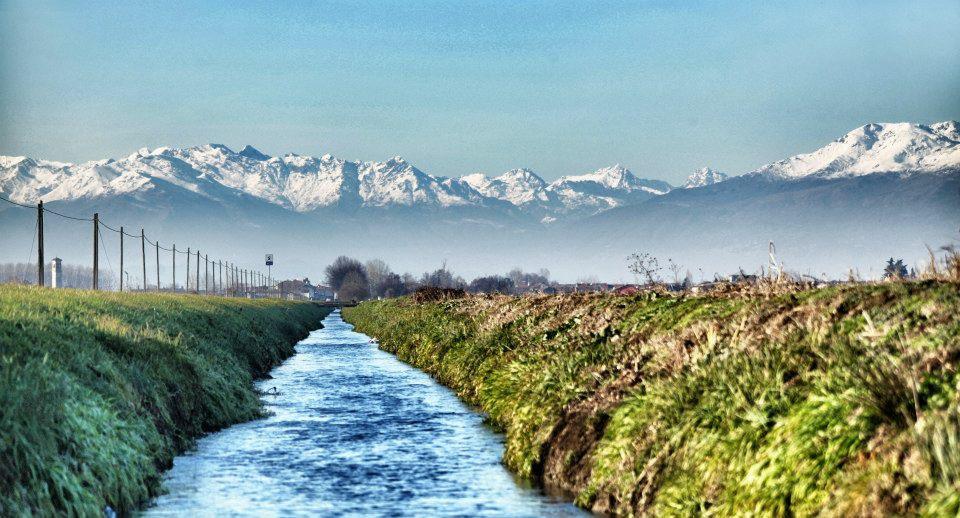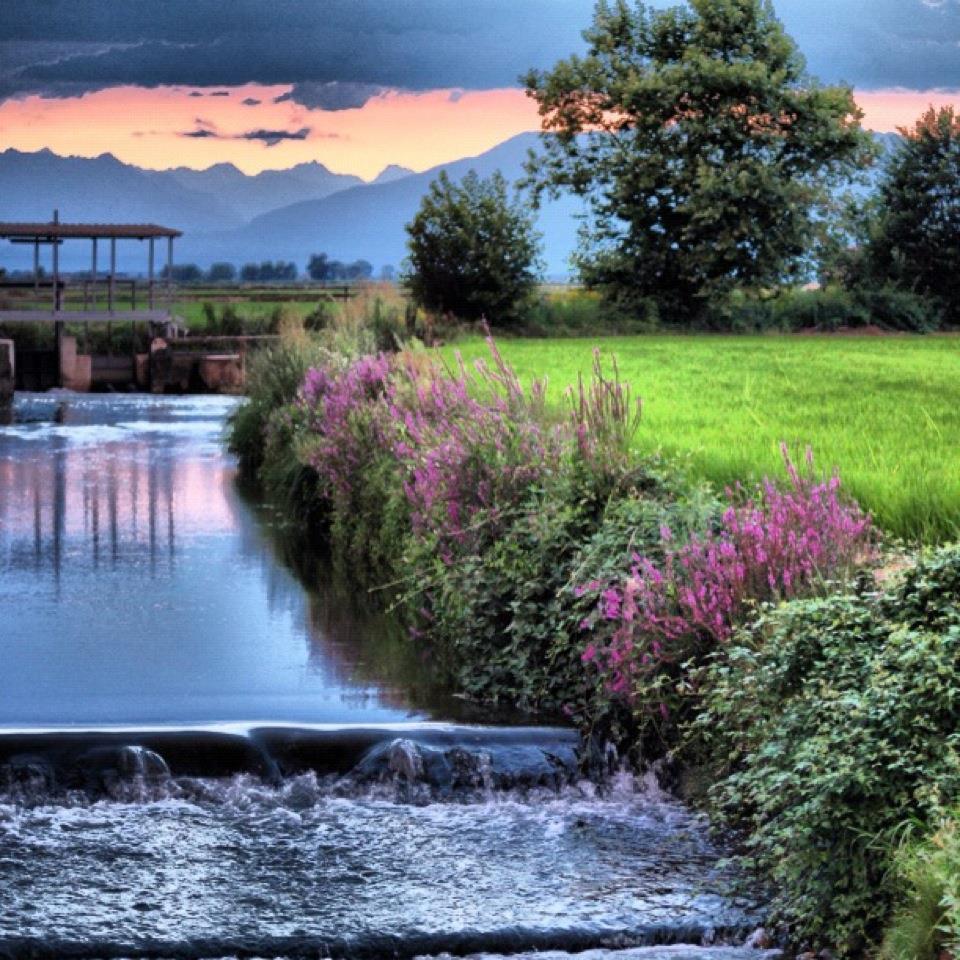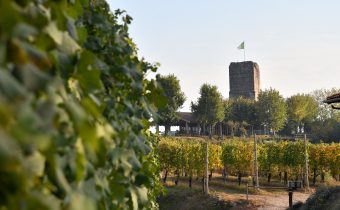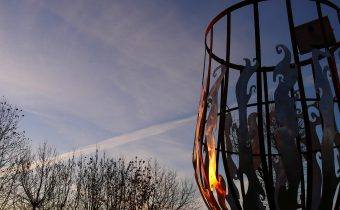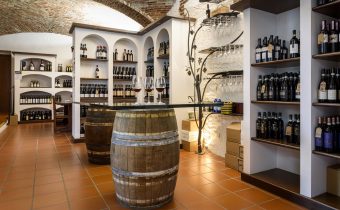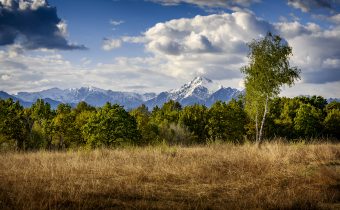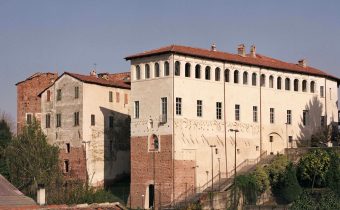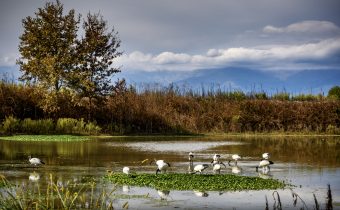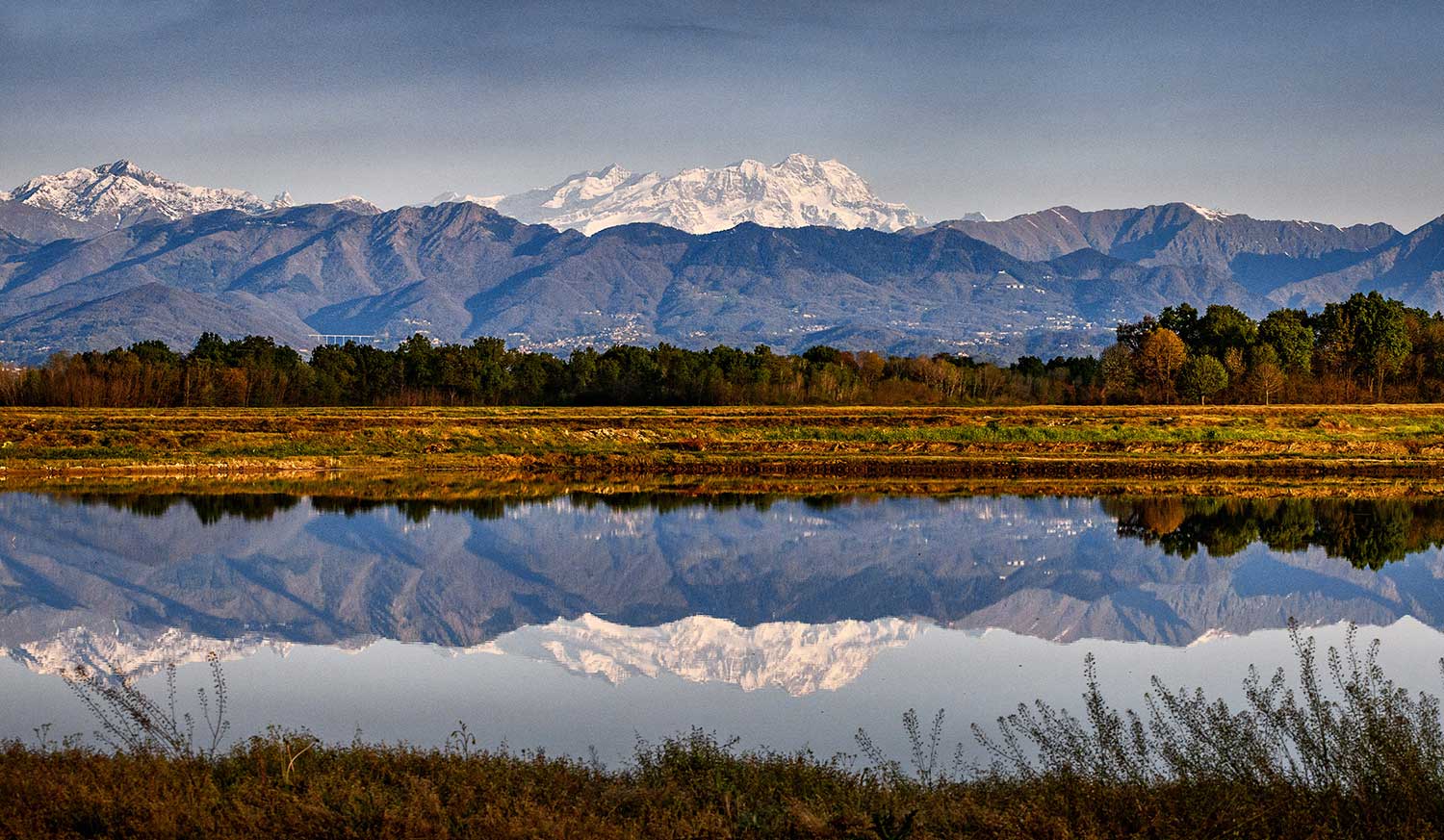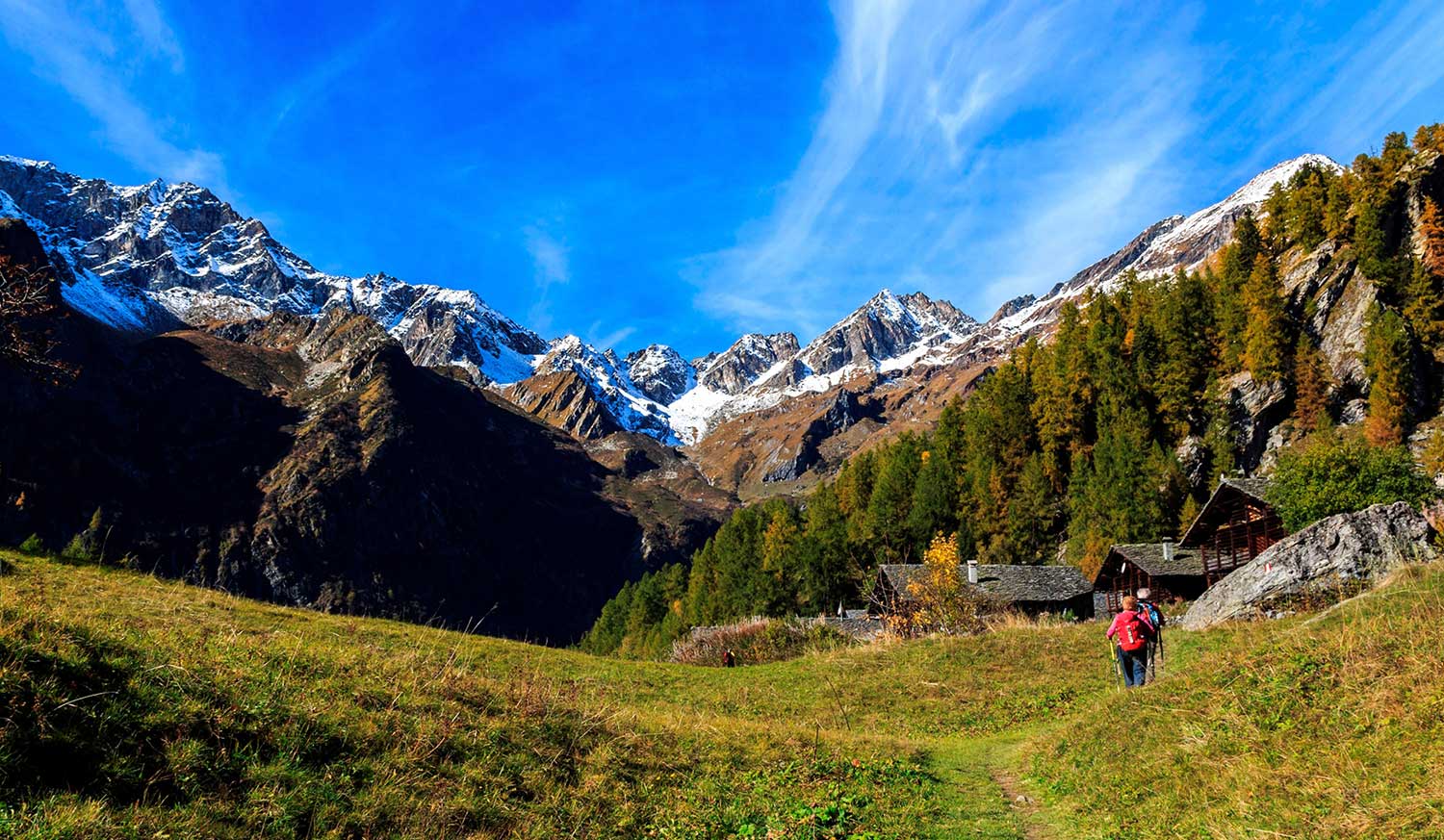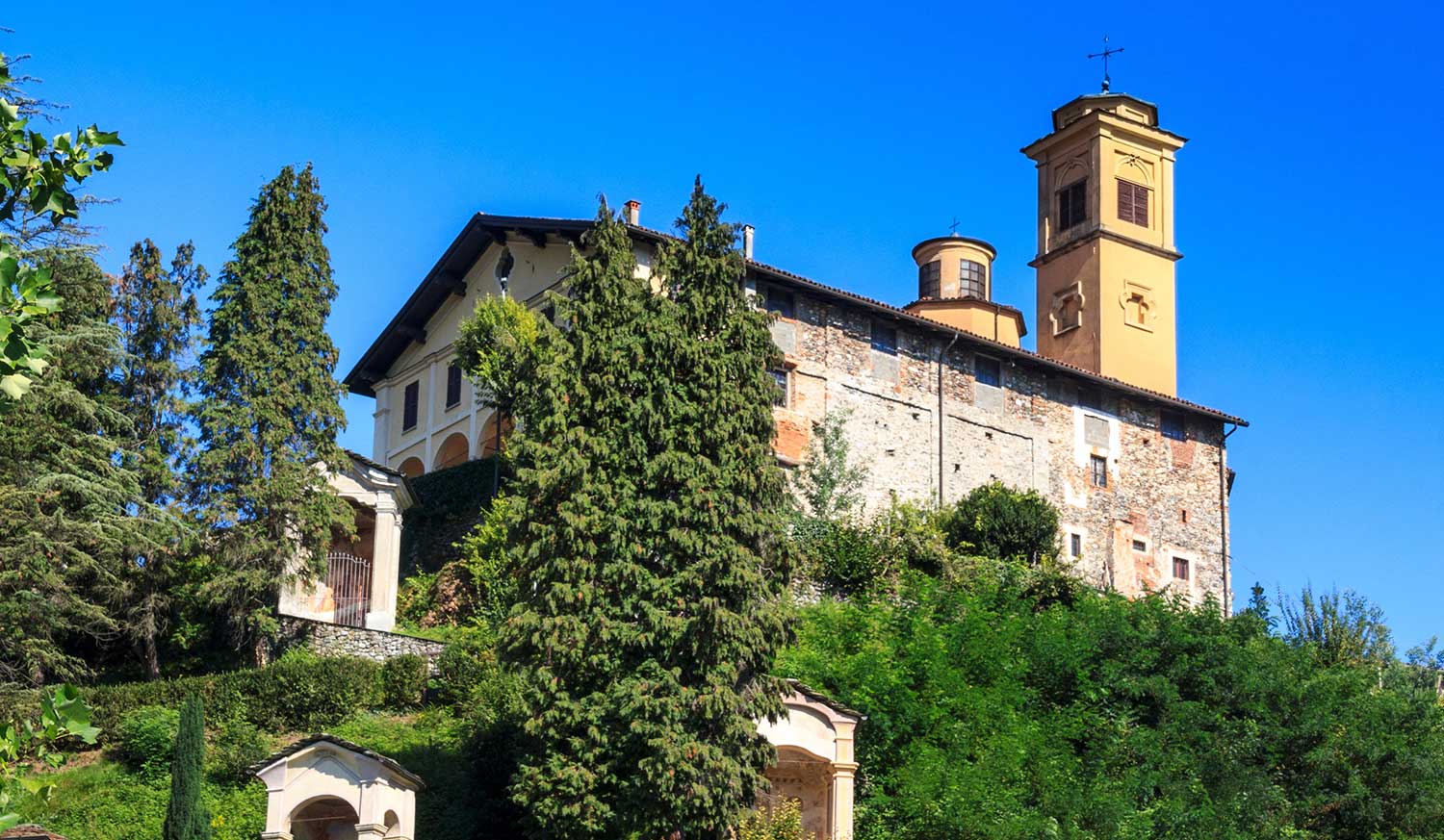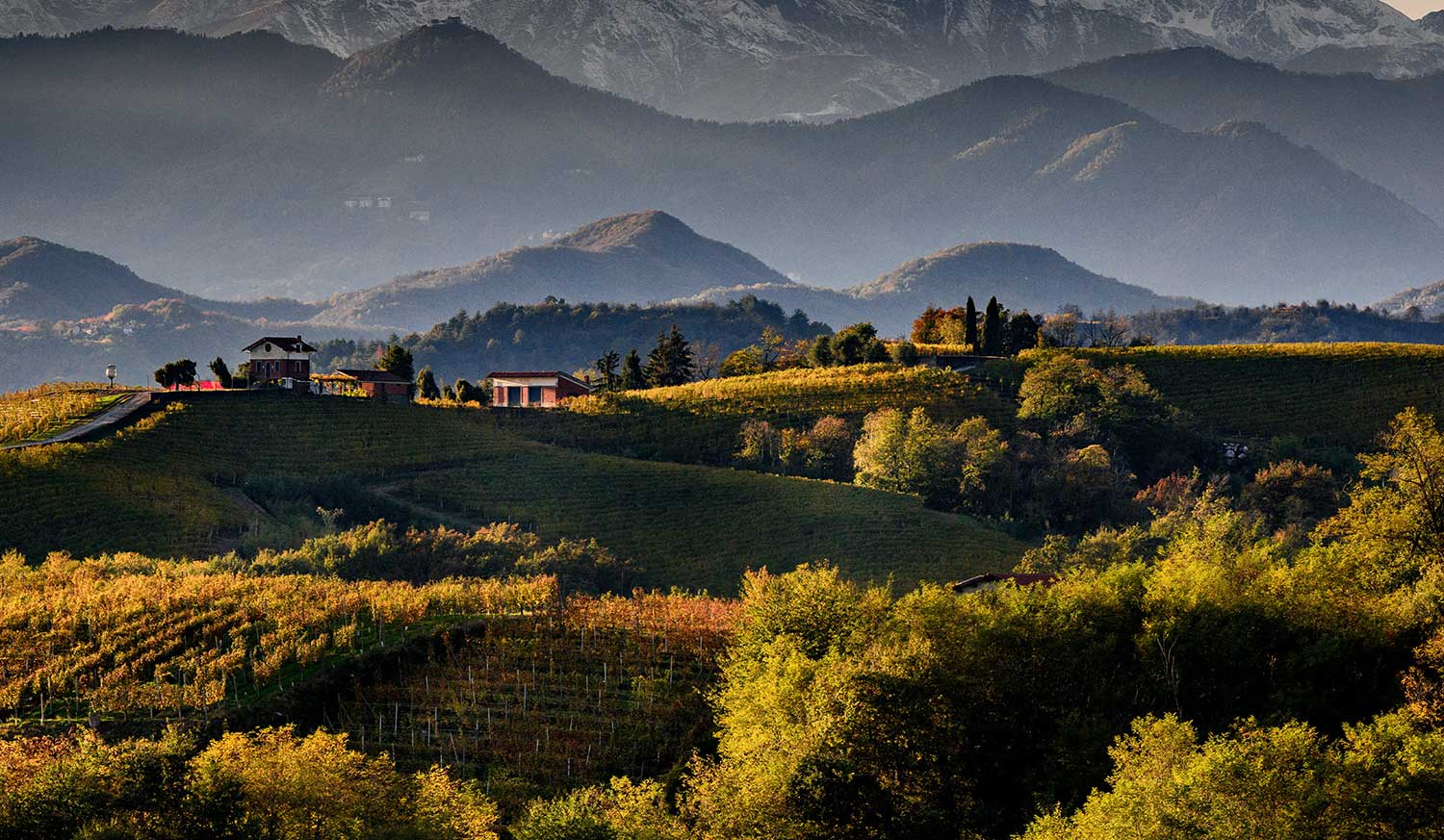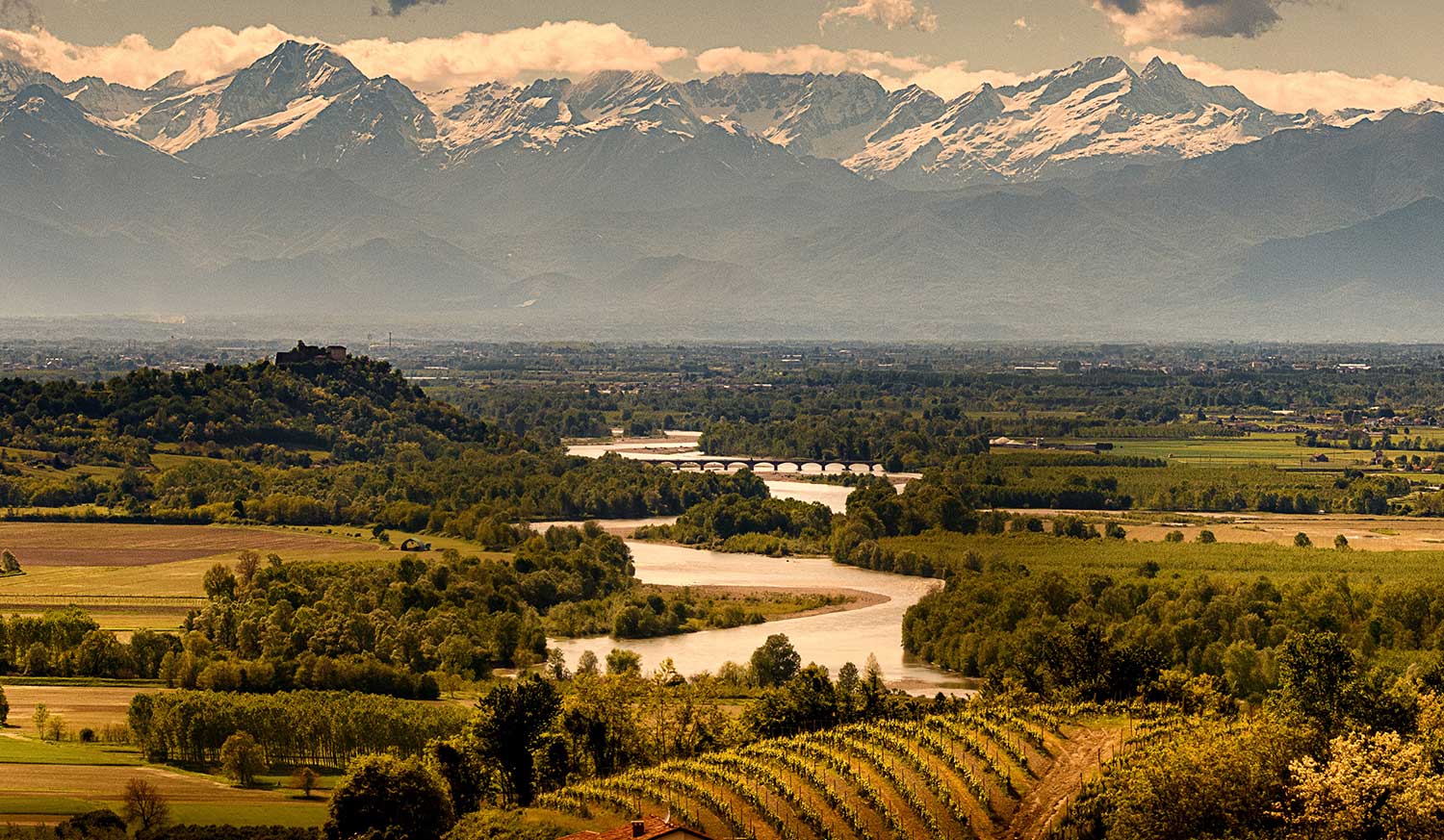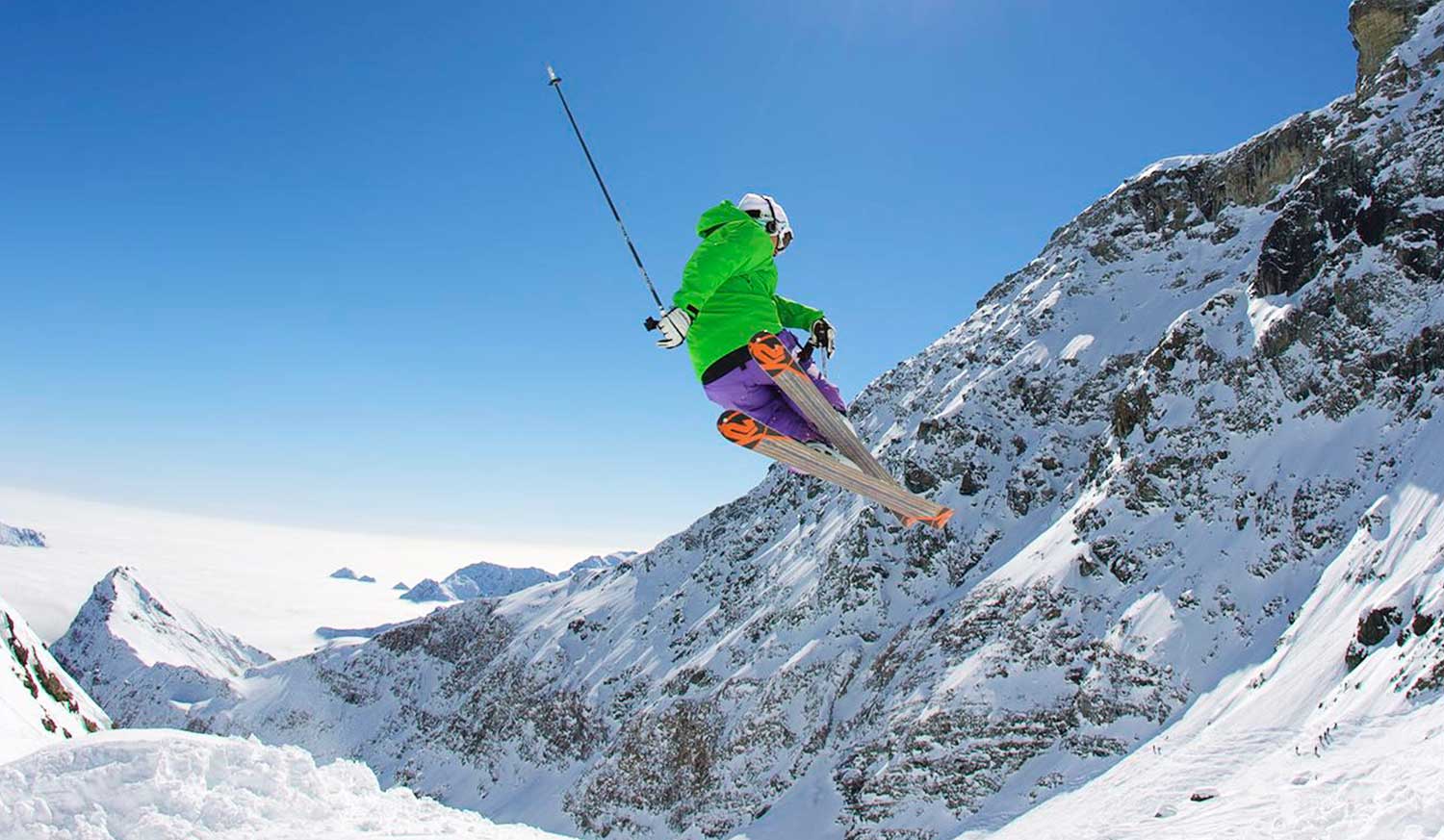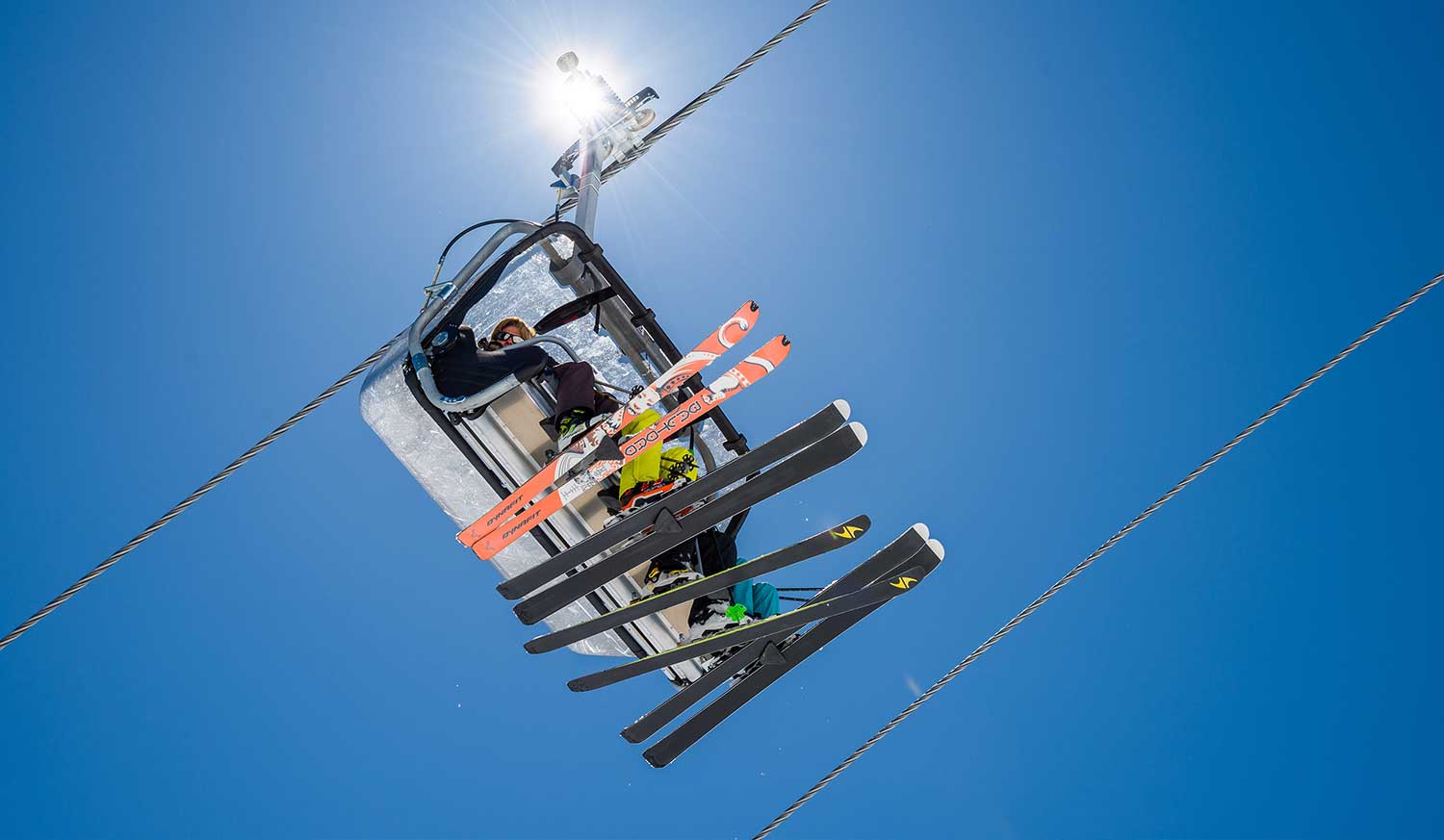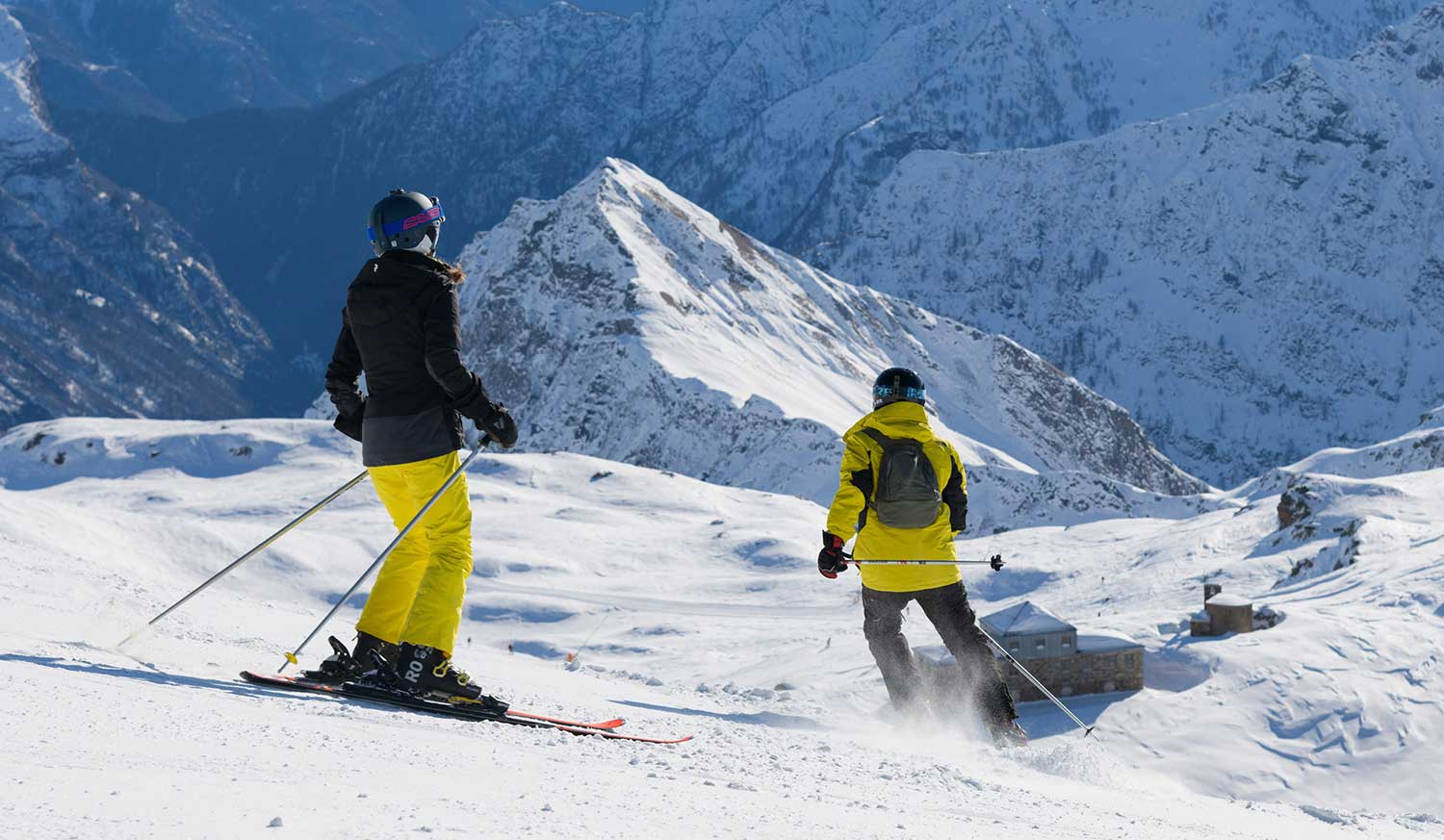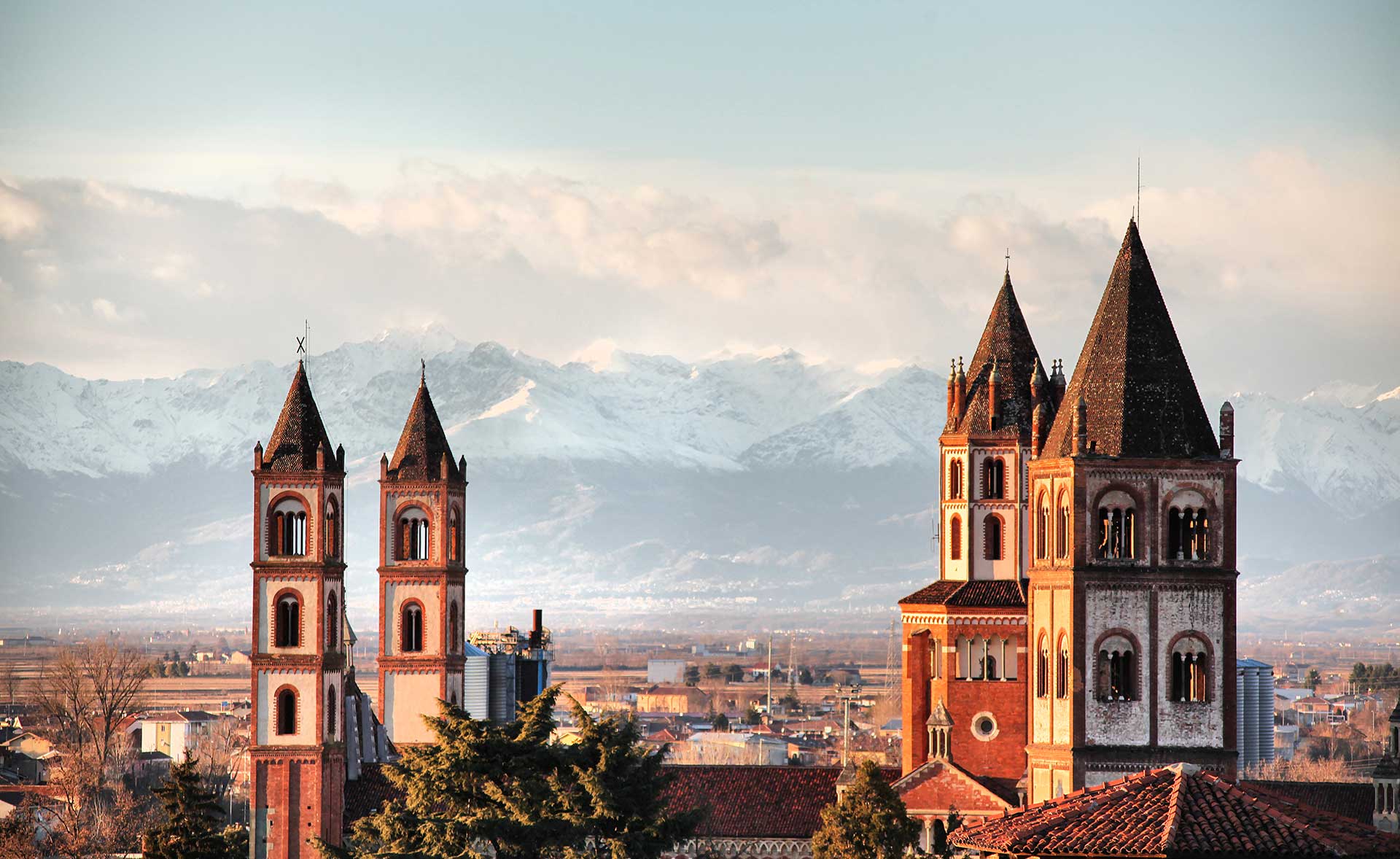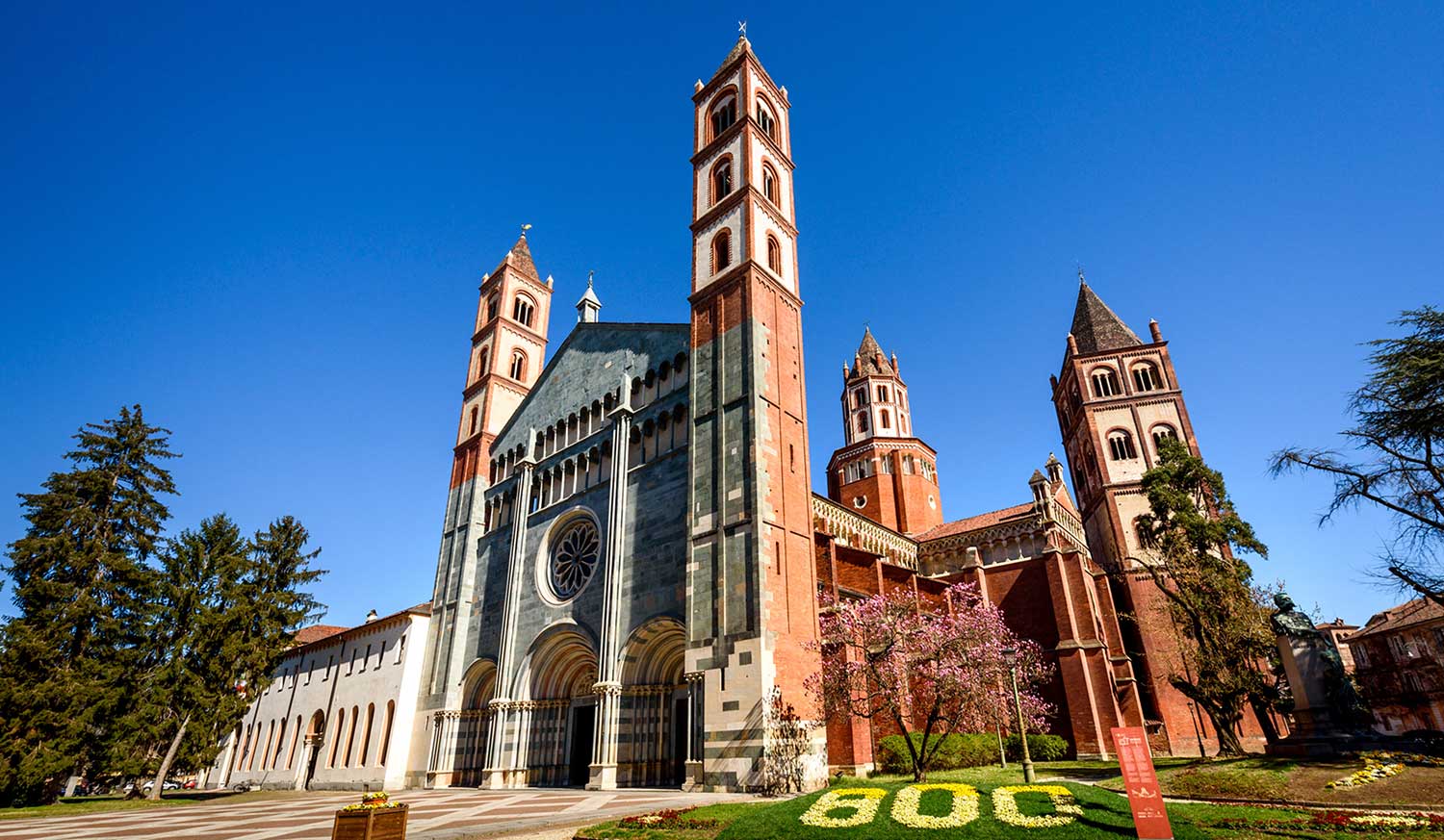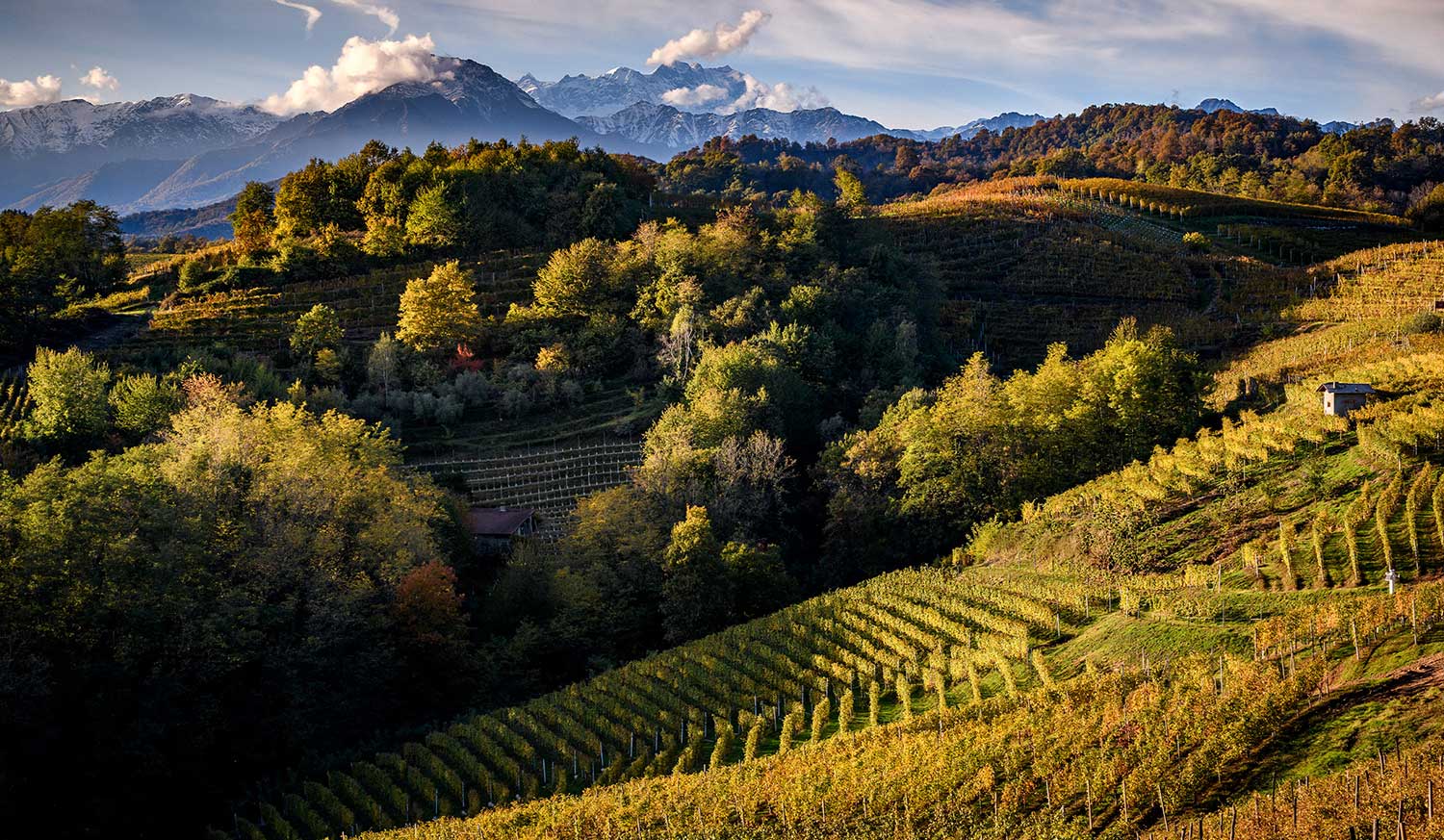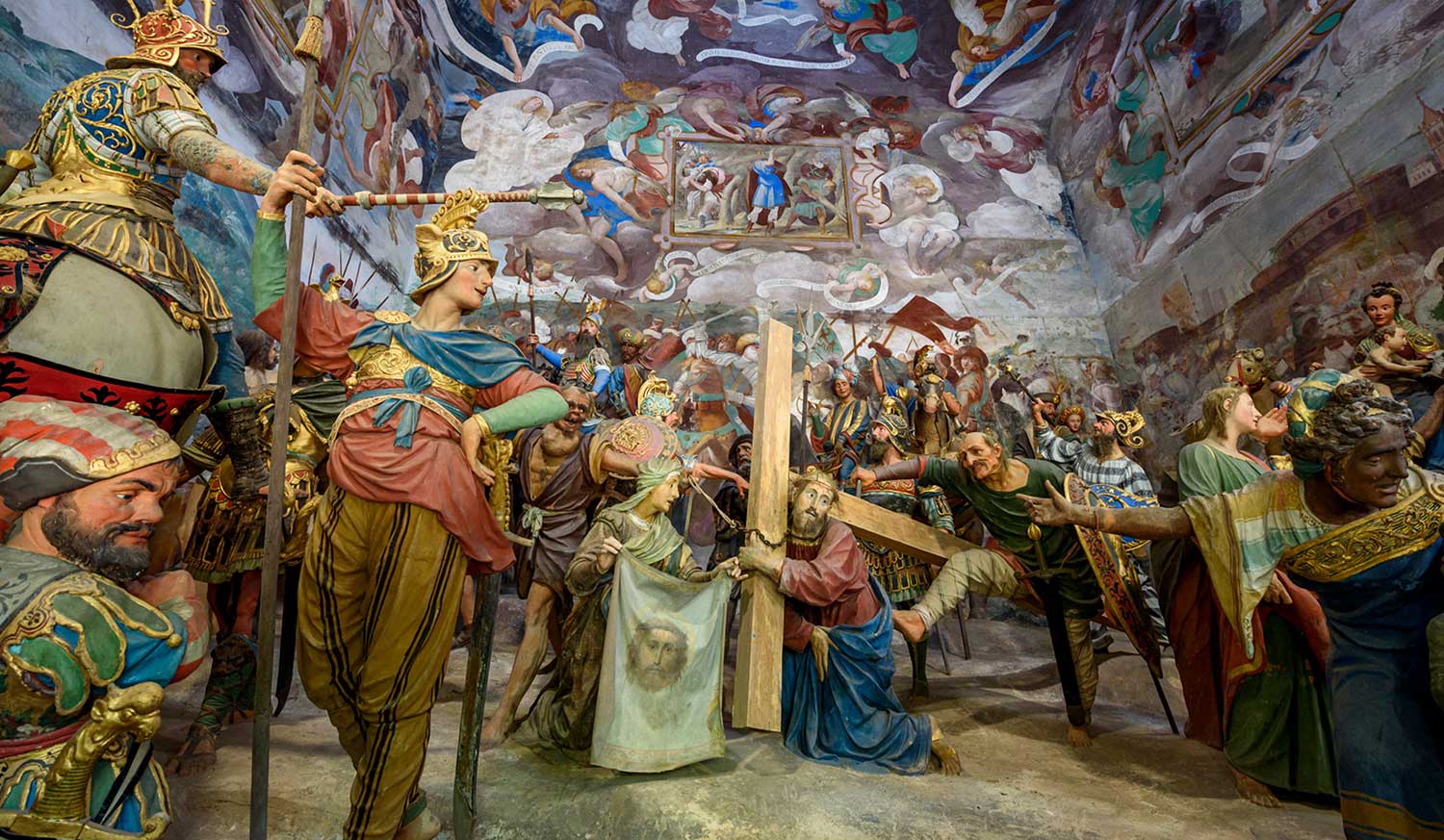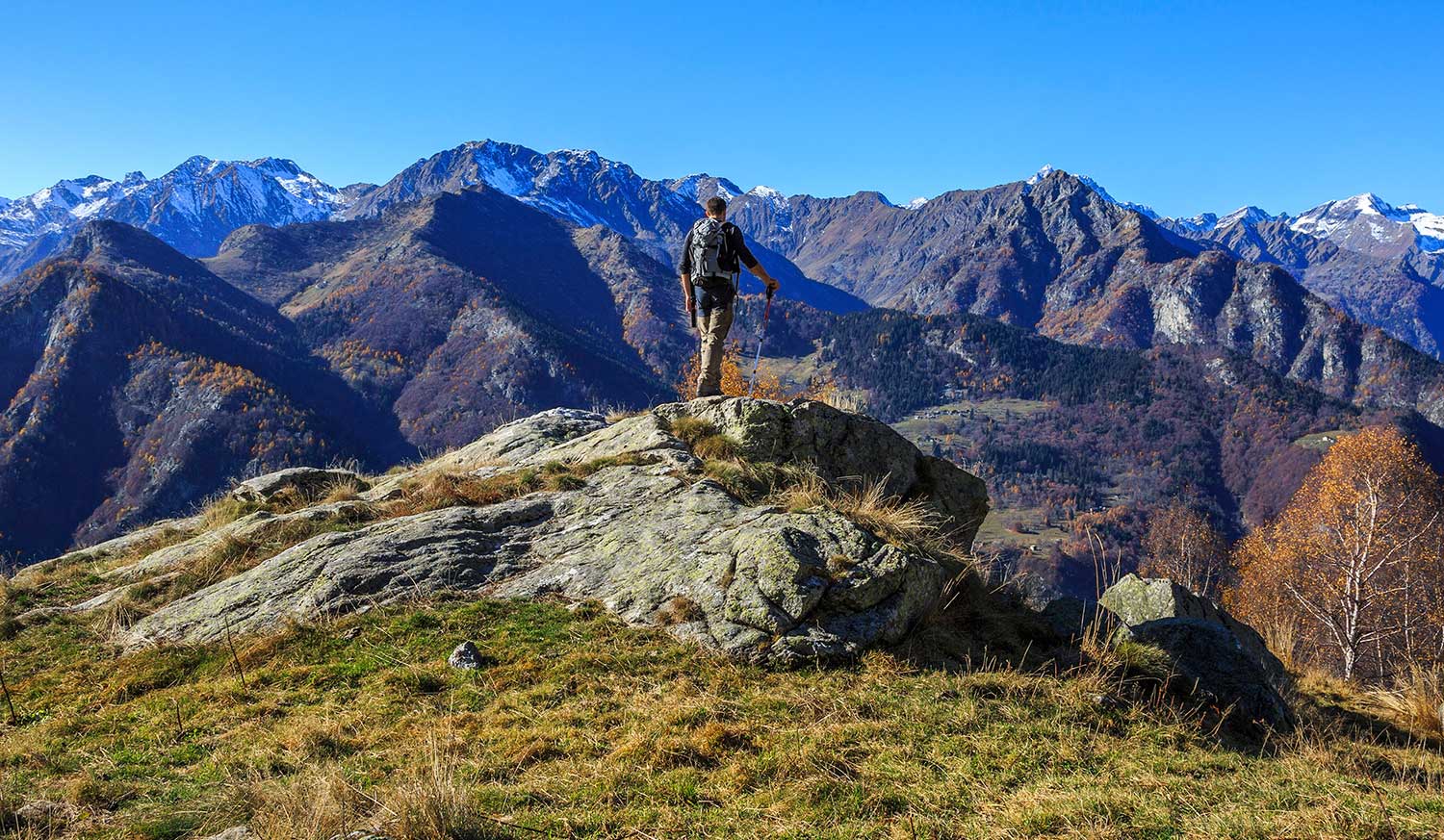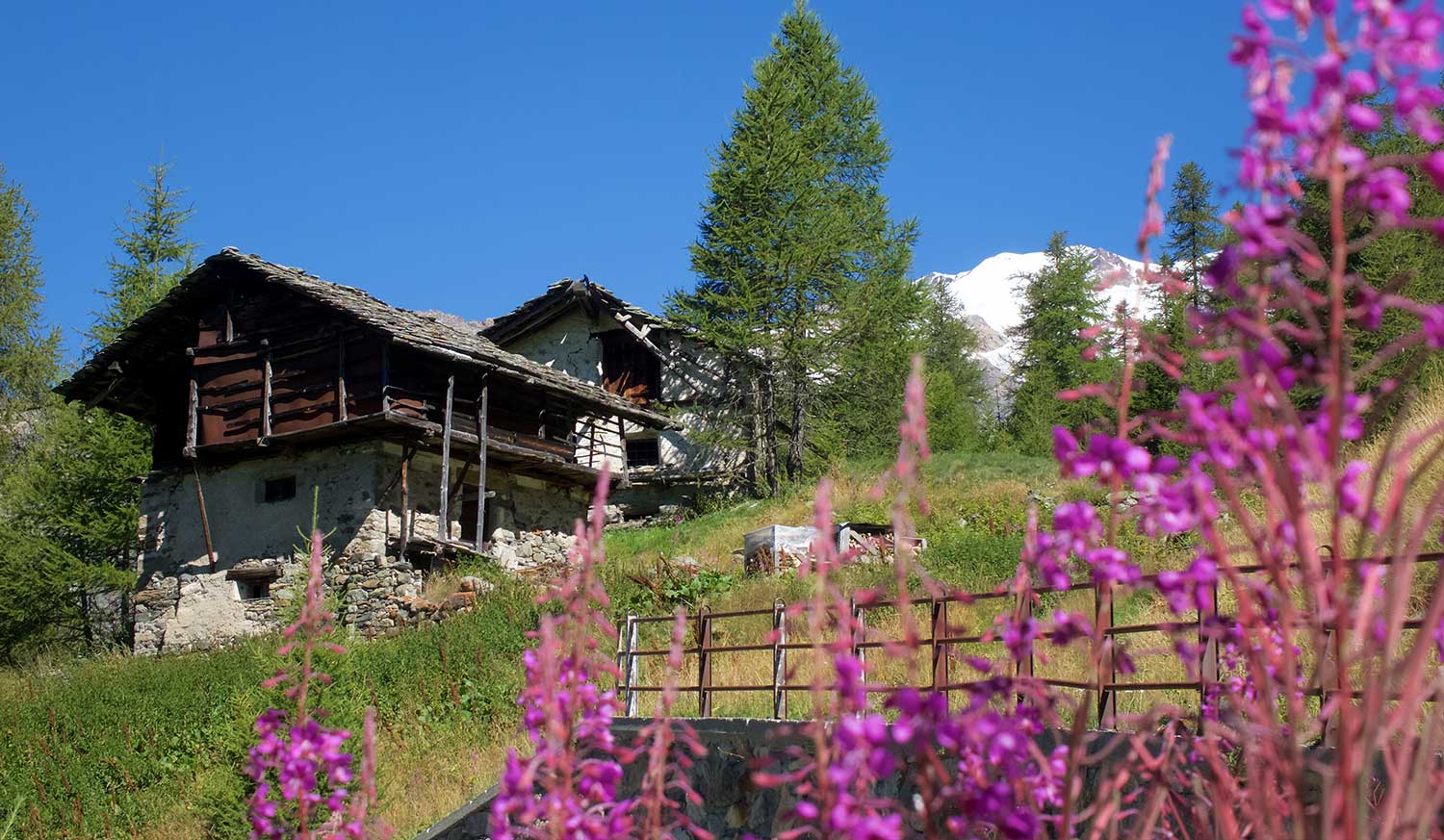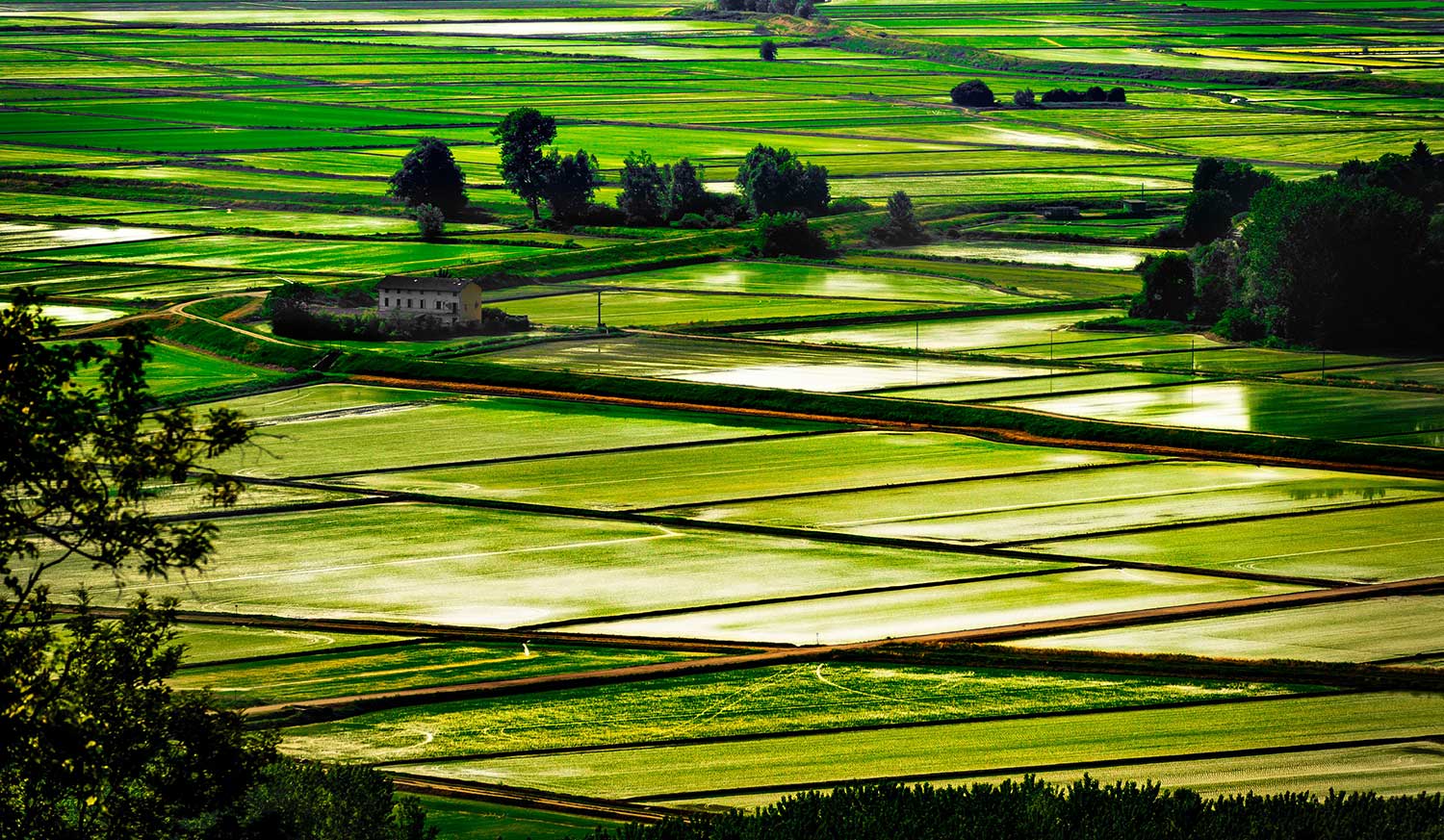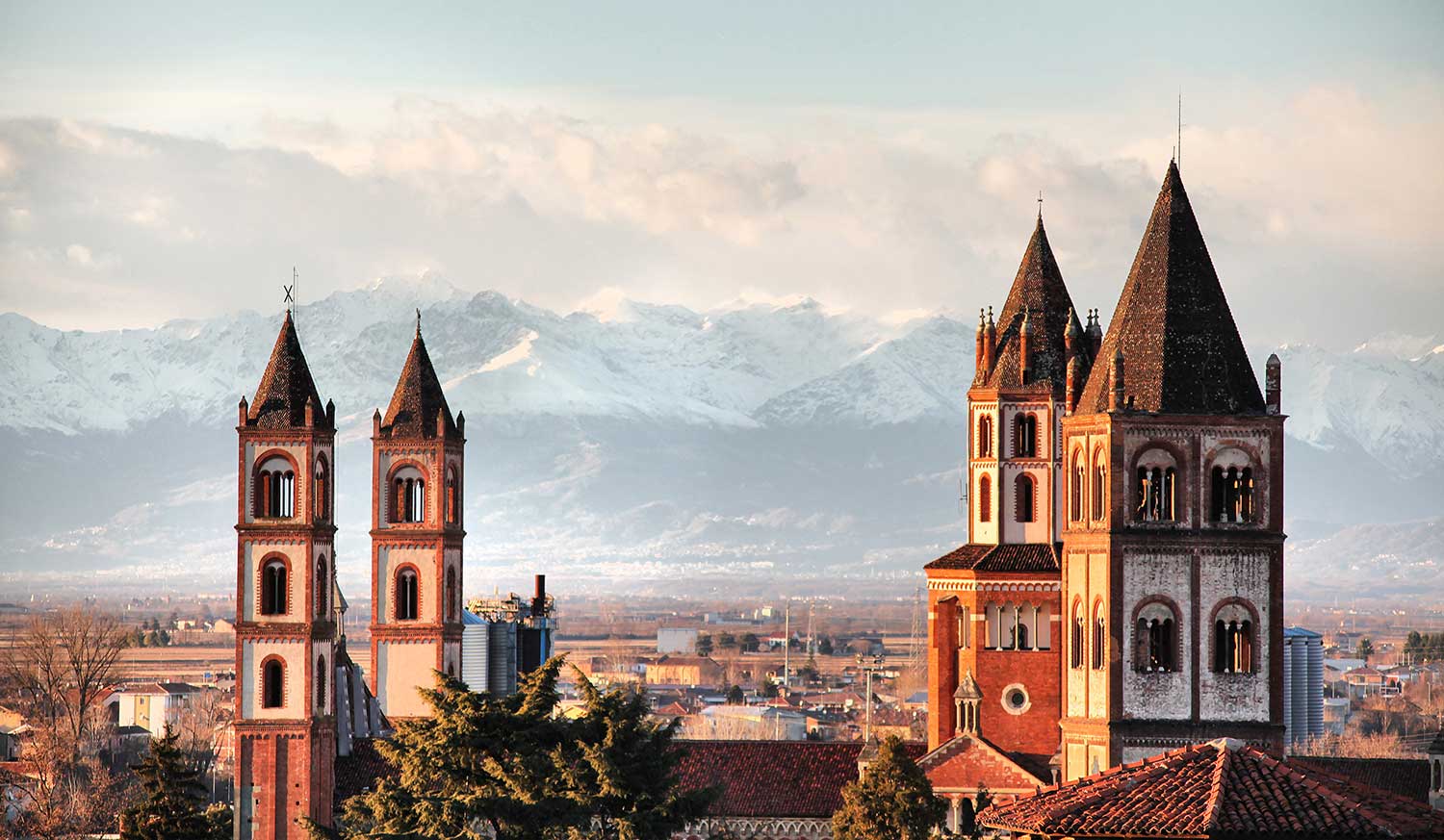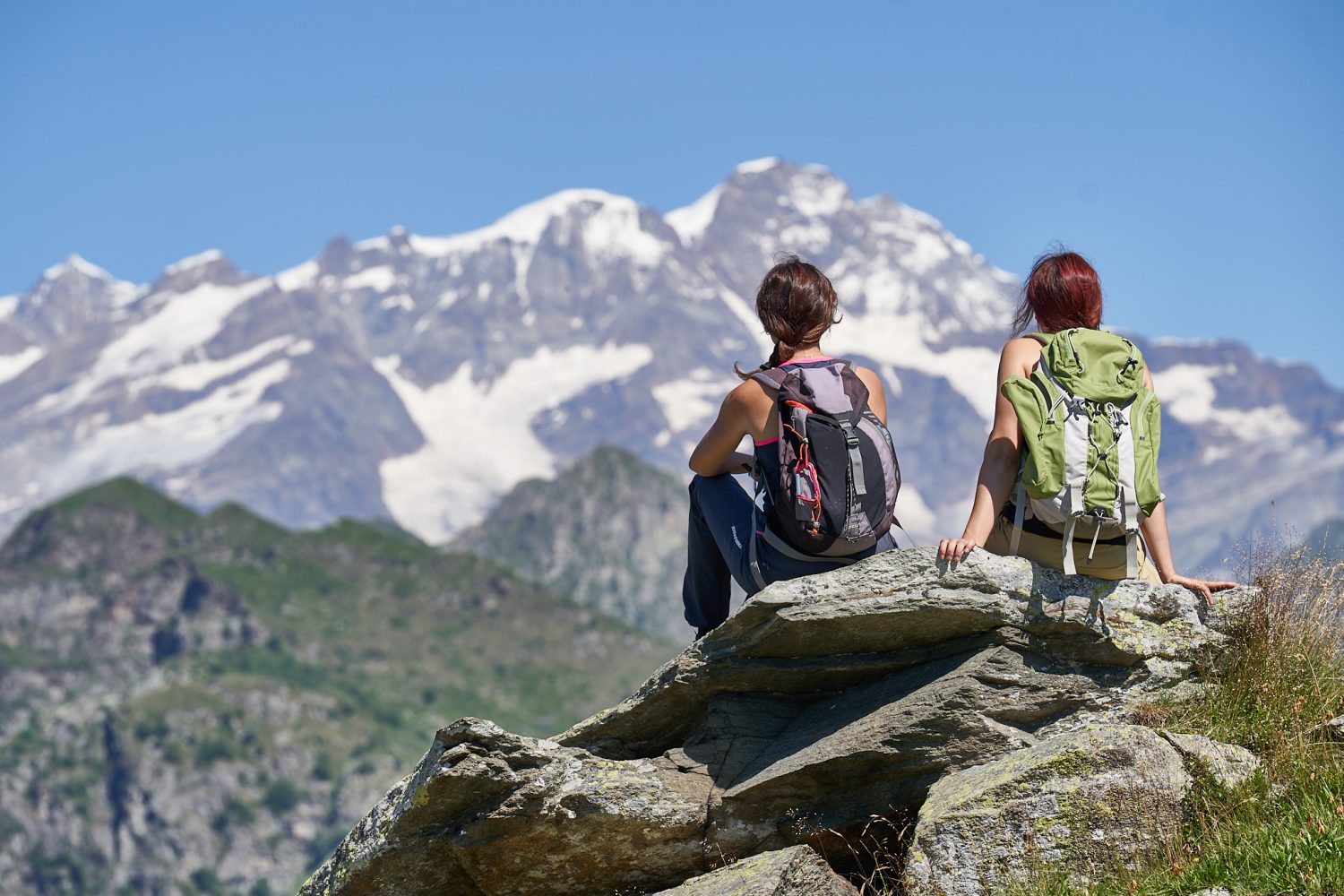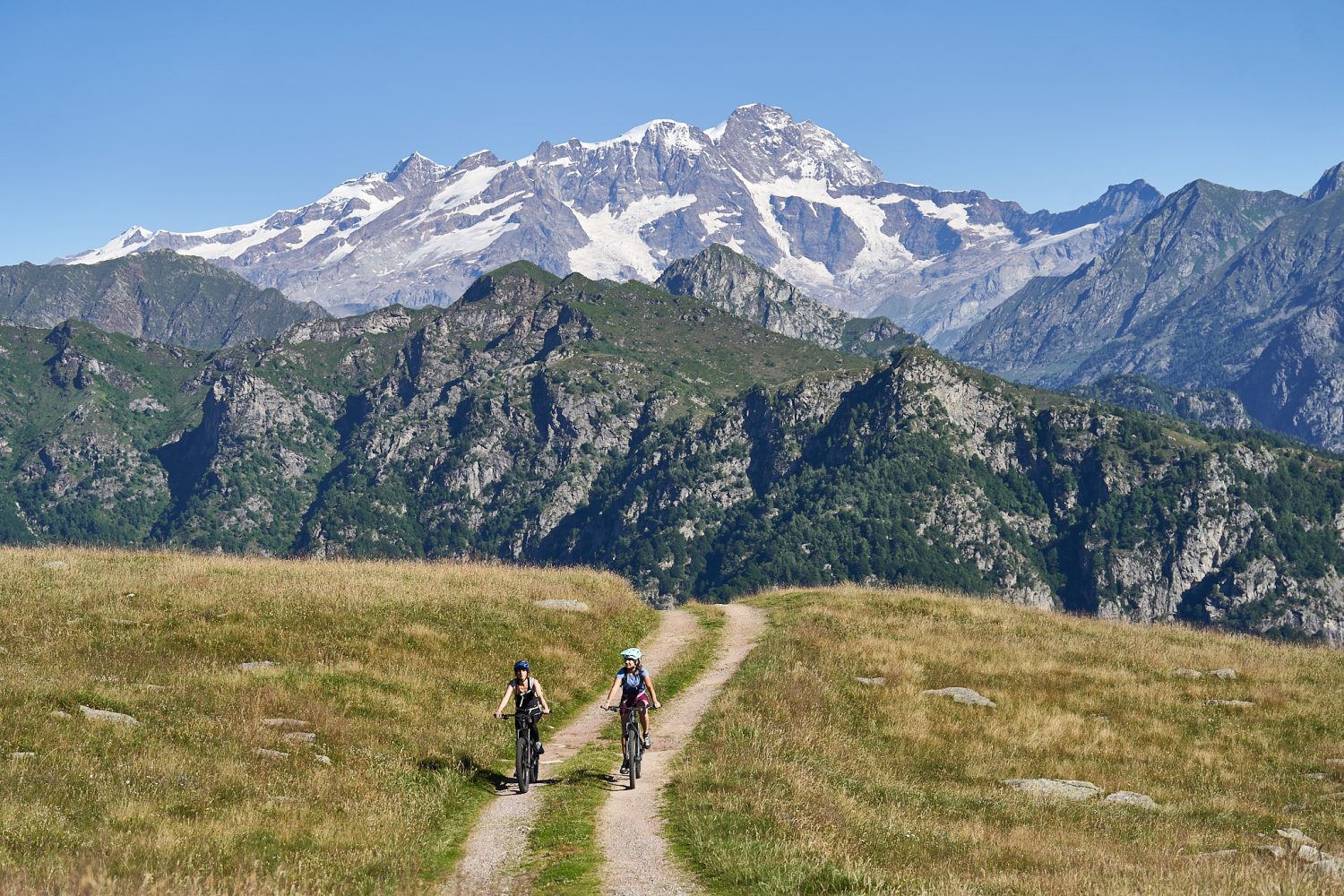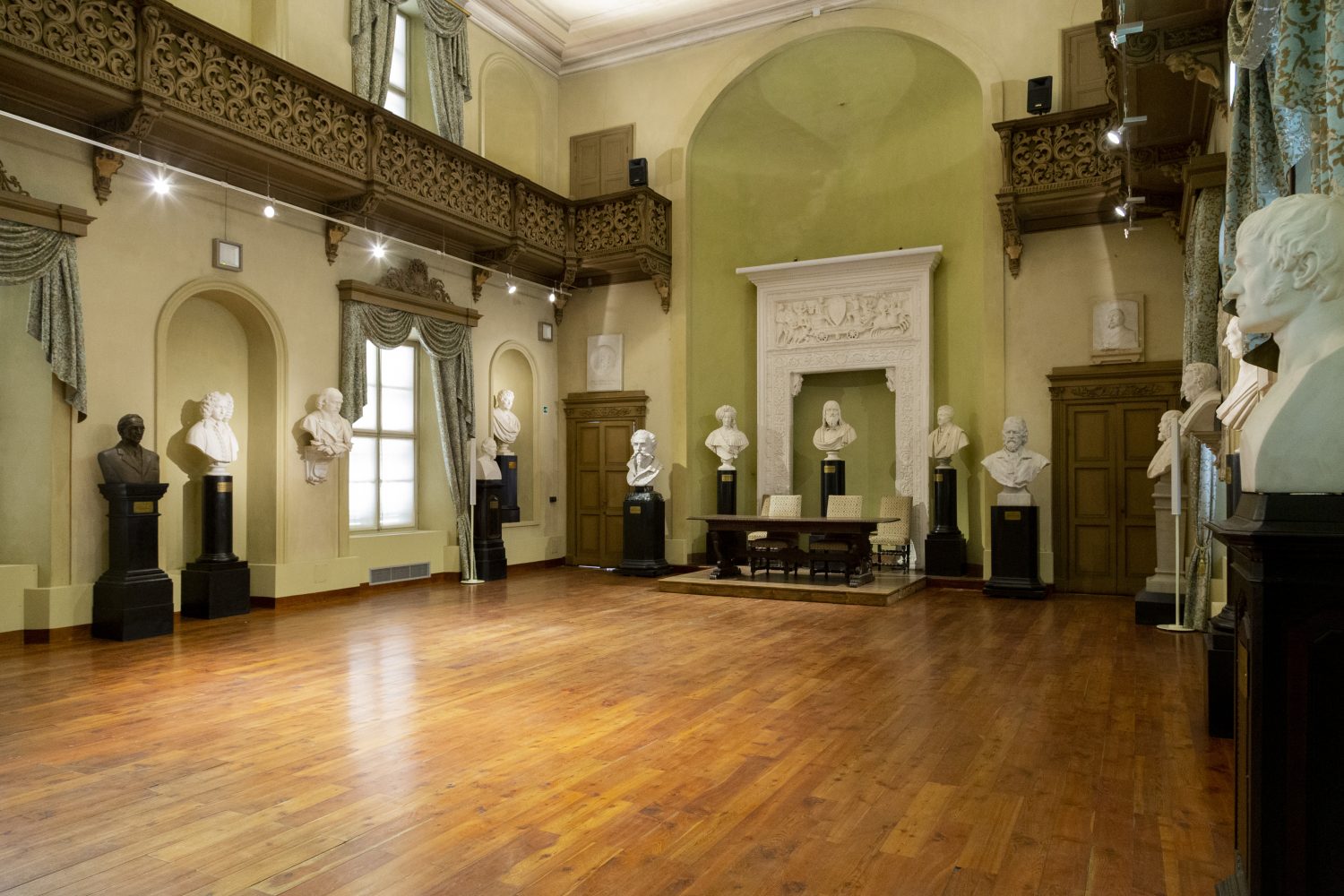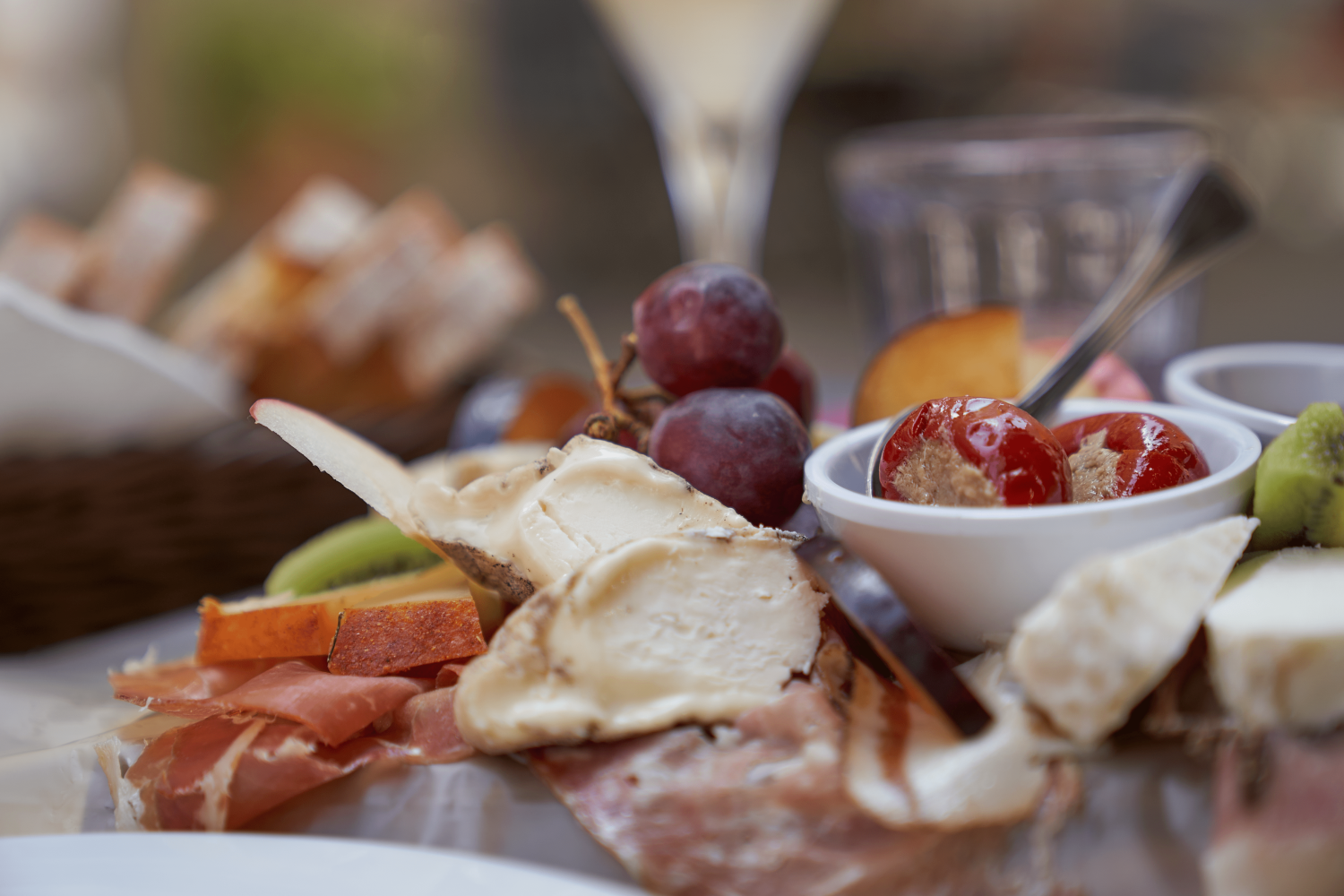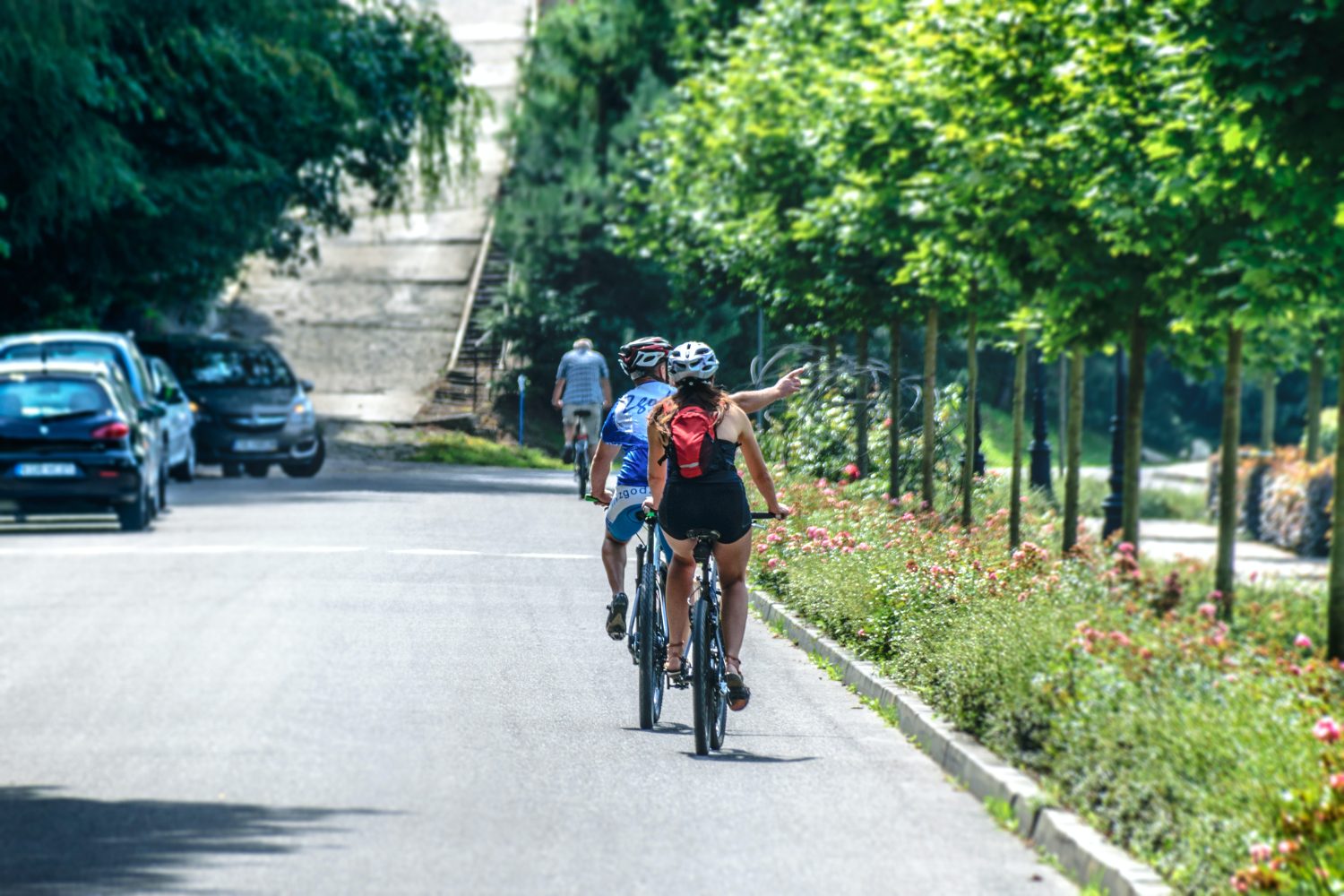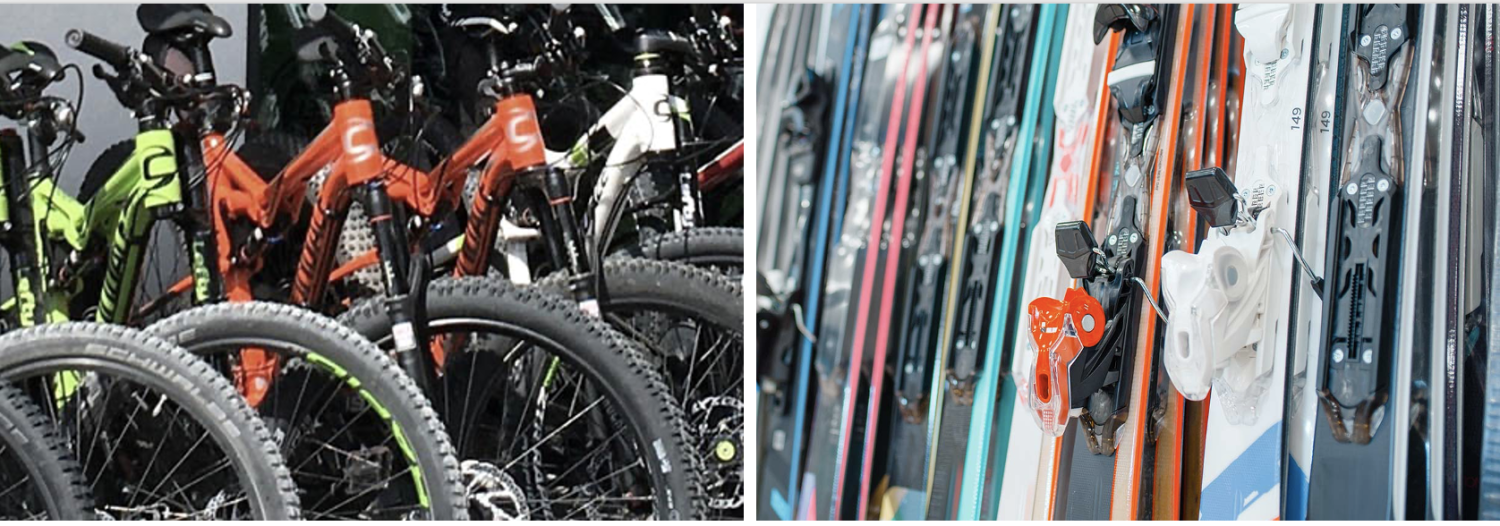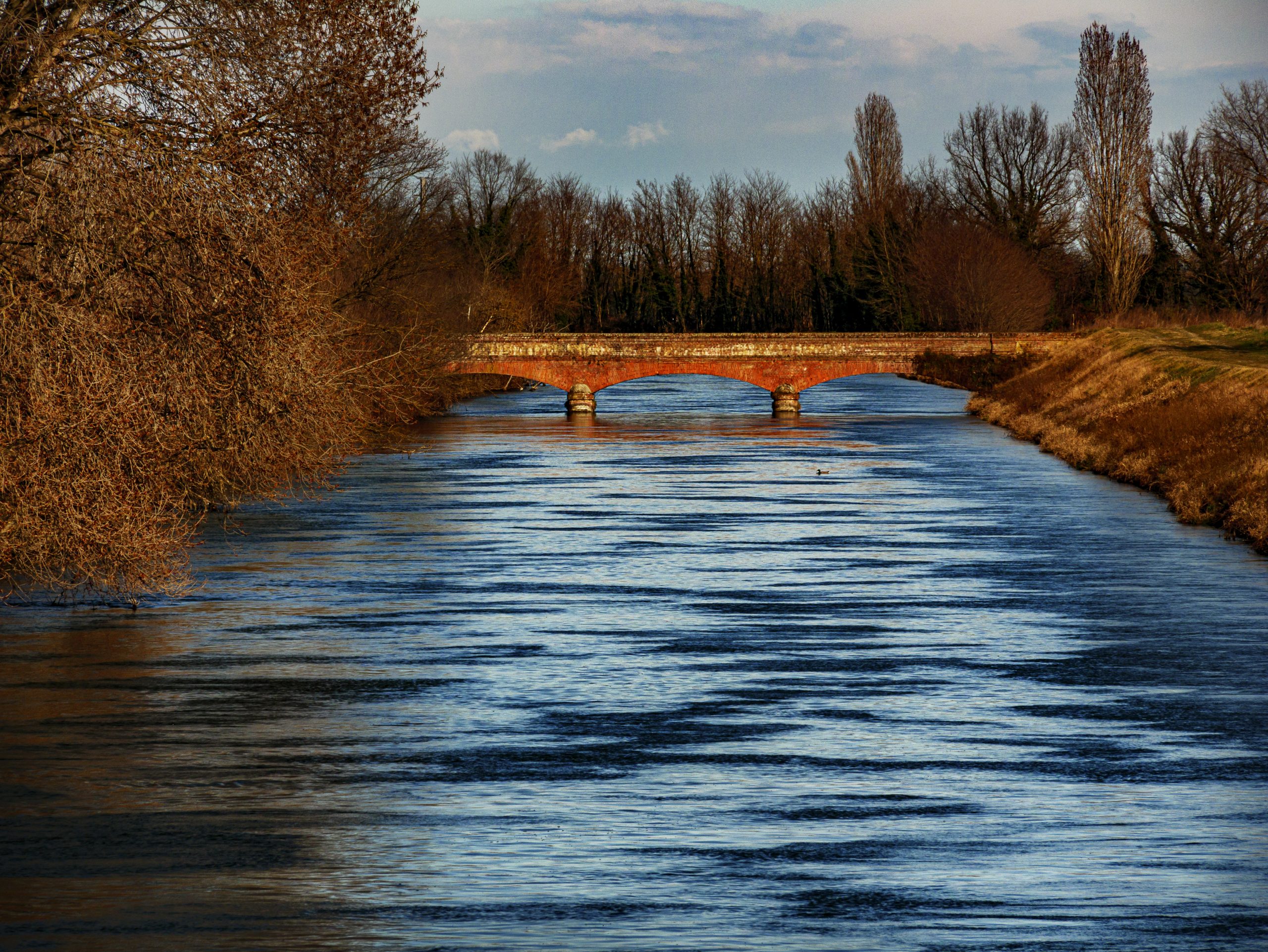
THE CAVOUR CANAL
THE CAVOUR CANAL
The most important engineering work in the Lower Vercelli area is the Cavour Canal, an artificial canal built to support agriculture and, particularly, rice cultivation. The Canal, strongly desired by the Piedmont statesman Camillo Benso Count of Cavour after whom it is named, is about 85 km long. It was made completely by hand by thousands of men in just three years and, crossing the entire Vercelli plain, it connects the Po river to the Ticino river.
The idea of drawing water from the Po river for the irrigation of the lower Novarese and Lomellina areas was insightfully conceived by Francesco Rossi, a farmer from Vercelli who also designed the first project for the canal in the mid-19th century.
Vercelli’s irrigation network, one of the most efficient in Europe, is also made up of a dense maze of canals and waterways that move ancient mills and millstones, such as the ancient mill of St. John in Fontanetto Po, and whose banks conceal buildings of great importance, such as the Santhià hydrometric station.
The Cavour Canal is jointly managed by the West Sesia and East Sesia consortia, and is part of a complex irrigation network, whose proper operation they guarantee. The West Sesia Association, which covers the Vercelli area, was strongly desired by Count Camillo Cavour in the mid-19th century, and covers about 80,000 hectares, an area that can be identified with the territories of Biella, Vercelli and part of Casale. It is made up of farmers who have the task of independently administering water for agriculture, and who often meet for decision-making at the Small Parliament of West Sesia, the association’s headquarters located in the city of Vercelli.
In addition to its main function of providing an irrigation service for its 4,000 consortium member farms, West Sesia has developed its activities in areas such as water supply, utilisation, conservation, regulation and distribution, protection of the territory, environment and nature resources, soil protection and conservation, and collaboration to make the most of agricultural production.
HIGHLIGHTS AND MUST-SEE places
Art and culture, ancient traditions, excellent food and wine, and countless outdoor activities.
